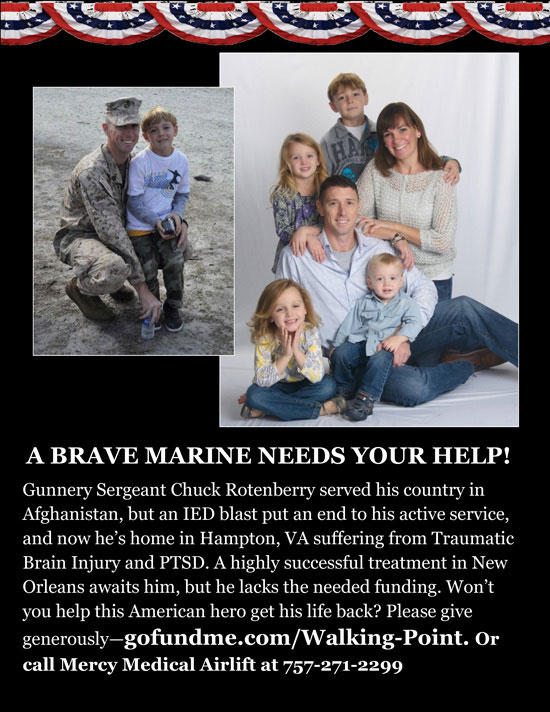Chuck earned a Purple Heart on that rugged landscape, and he also injured his brain.
You’d never know it to look at the lean, 6-foot-1 veteran with the easy smile and gentle manner. There’s no visible evidence, no scar – just an injury inside that’s derailed the tranquility of a family that looks picture-postcard-perfect.
People with post-traumatic stress disorder and traumatic brain injury often land in the news when violence erupts, but the reality is, thousands struggle quietly in day-to-day battles that never cross the public’s radar screen.
According to the Armed Forces Health Surveillance Center data, Chuck’s was one of more than 250,000 cases of traumatic brain injury in the military between 2000 and 2012. An estimated 14 percent of American veterans of the Iraq and Afghanistan wars suffer from PTSD.
Such injuries go back centuries. What’s new is the recognition, screening, treatment and exploration of the role that the alphabet soup of TBI and PTSD plays in substance abuse, sleep problems and suicide.
The injuries are difficult to treat. Counseling, medication and rest have been mainstays, but the varied results and side effects drive many veterans to search for alternatives.
To see the full story Please visit Pilot Online


